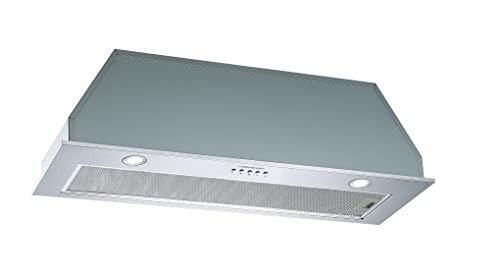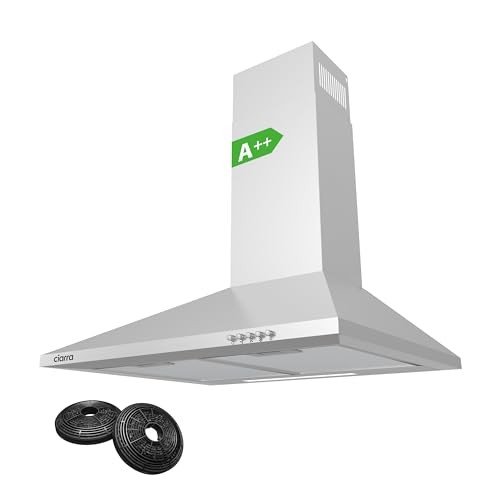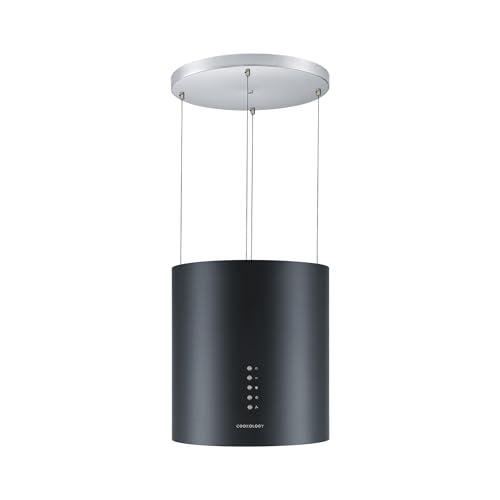Cooker hoods and extractor fans are essential for keeping your kitchen fresh and smoke-free. They remove odors, steam, and grease, so you can focus on cooking without worrying about lingering smells. Plus, they come in all styles and sizes, making it easy to find one that matches your kitchen décor perfectly.
Cooker Hoods Extractor Fans
Enhance your kitchen's atmosphere while efficiently removing smoke and odors with our stylish range of cooker hoods and extractor fans
Product List
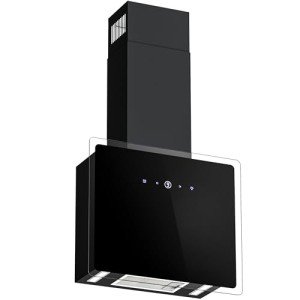
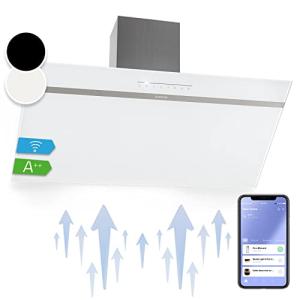

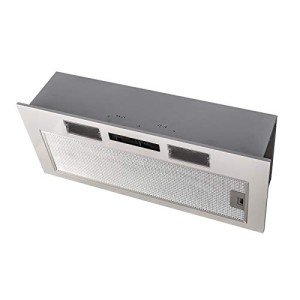
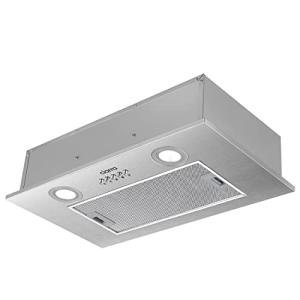
Ciarra Integrated Stainless Hood
Ciarra
Product Review Score
4.81 out of 5 stars
127 reviews$138.31 $109.97
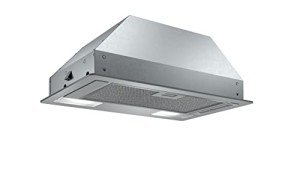
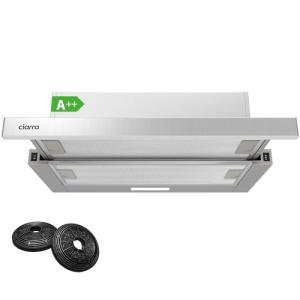
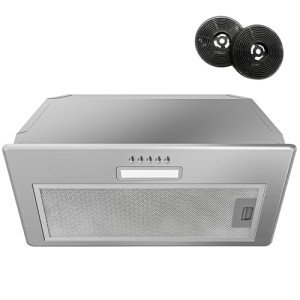
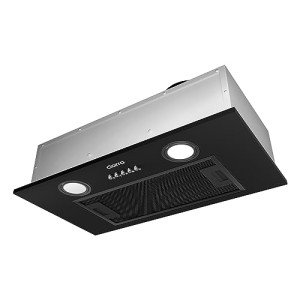
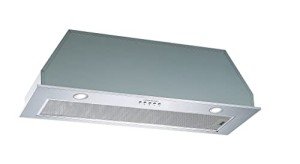
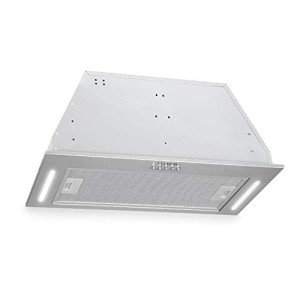
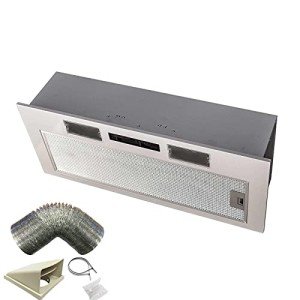
When designing or upgrading a kitchen, one of the most overlooked yet essential appliances is the cooker hood or extractor fan. These devices play a critical role in maintaining air quality, eliminating lingering odors, and ensuring a safe, comfortable, and pleasant cooking environment. Whether you are a homeowner planning a kitchen remodel, a tenant considering an upgrade, or simply researching ways to improve ventilation, understanding cooker hoods and extractor fans can help you make well-informed decisions.
What Are Cooker Hoods and Extractor Fans?
A cooker hood (also known as a range hood) is a ventilation system installed above the cooking area. Its purpose is to extract or filter out airborne grease, smoke, steam, and odors produced while cooking.
Extractor fans are often a key part of cooker hoods, but they may also be standalone devices mounted in walls or ceilings to provide general kitchen ventilation.
There are two main operational modes:
- Extraction Mode – Polluted air is drawn in and expelled outside through ducting.
- Recirculation Mode – Air is drawn in, filtered (usually with carbon filters), and recirculated back into the kitchen.
Types of Cooker Hoods
Different kitchens accommodate different hood styles and configurations. Below is an overview of the most common types:
| Type | Description | Best For |
|---|---|---|
| Chimney Style | Wall-mounted with a chimney flue, stylish and effective. | Traditional kitchens with wall space above the hob. |
| Island Hood | Suspended from the ceiling over a kitchen island. | Open-plan kitchens with a central cooking area. |
| Integrated Hood | Built into kitchen units, often hidden behind cabinet doors. | Smaller kitchens where design continuity is important. |
| Canopy Hood | Slim hoods fitted directly under a cupboard above the hob. | Compact kitchens with limited space. |
| Downdraft Extractor | Pops up behind the hob and draws air downwards. | Modern, minimalist kitchens where overhead space is limited. |
| Ceiling Extractor | Flush-mounted to the ceiling, often designed in sleek, modern styles. | Large, open kitchens where aesthetic discretion is desired. |
Key Features to Consider
When comparing cooker hoods and extractor fans, it is important to weigh different features.
1. Extraction Rate
- Measured in cubic meters per hour (m³/h).
- The higher the extraction rate, the faster the air is cleaned.
- As a rule of thumb, the extraction rate should be at least 10 times the volume of the kitchen.
2. Noise Level
- Measured in decibels (dB).
- Quieter models typically operate below 60 dB, making them comfortable to use in open-plan spaces.
3. Filters
- Grease filters (metal mesh or baffle) trap oil particles.
- Carbon filters are used in recirculating hoods to neutralize smells.
4. Energy Efficiency
Many models come with LED lighting and efficient motors that consume less power.
5. Design and Size
- The width of the hood should match or exceed the width of the hob.
- Materials range from stainless steel and glass to integrated paneling, blending seamlessly with cabinetry.
Advantages of Cooker Hoods and Extractor Fans
Having a proper ventilation system in the kitchen goes beyond aesthetics.
Benefits include:
- Improved indoor air quality.
- Prevention of grease accumulation on walls and cabinets.
- Reduction of cooking odors spreading through the house.
- Moisture control, reducing the risk of mold or damp.
- Enhanced property value and kitchen appeal.
Comparing Extraction vs Recirculation
| Feature | Extraction (Ducted Out) | Recirculation (Filtered Air) |
|---|---|---|
| Air Quality | Removes steam, grease, and odors completely. | Reduces odors but steam and heat may remain. |
| Installation | Requires ducting and external venting hole. | Simpler to install, no external vent needed. |
| Maintenance | Mainly grease filter cleaning. | Requires regular replacement of carbon filters. |
| Efficiency | Highly efficient. | Less efficient for heavy cooking. |
| Cost | Higher installation costs. | Lower installation cost, ongoing filter expenses. |
Installation and Maintenance
Installation
- Professional installation is recommended, especially for ducted systems.
- Ensure adequate clearance above the hob (usually 65–75 cm for electric hobs, and 75–80 cm for gas hobs).
- Consider ducting length and bends, as these reduce airflow efficiency.
Maintenance
- Clean metallic grease filters regularly (dishwasher-safe in many models).
- Replace carbon filters every 3–6 months (depending on use).
- Wipe down exterior surfaces to prevent grease buildup.
Cost Considerations
Cooker hood costs vary widely depending on size, brand, and features:
| Category | Price Range (approx.) | Examples |
|---|---|---|
| Budget Models | £70 – £200 | Canopy hoods, small integrated units. |
| Mid-Range Models | £200 – £700 | Stylish chimney, good extraction rates. |
| Premium Models | £700 – £2000+ | Island hoods, downdraft, ceiling units. |
Running costs are low for ducted units but slightly higher for recirculating models due to replacement filters.
Practical Buying Tips
- Measure your kitchen space before selecting a hood size.
- Consider noise levels if your kitchen is part of an open-plan living area.
- Match the style of the hood with your kitchen design.
- If you cook frequently with strong spices or fry foods, a ducted extractor is preferable.
- Look for easy-to-clean filters and energy-efficient models.
Frequently Asked Questions (FAQ)
Q1: Do I really need a cooker hood in my kitchen?
Yes, while not legally required in all homes, cooker hoods significantly improve air quality, reduce odors, and protect kitchen surfaces from grease. They are particularly important in kitchens without windows.
Q2: How often should filters be cleaned or replaced?
- Metal grease filters: Every 1–2 months (depending on use).
- Carbon filters (recirculation models): Every 3–6 months.
Q3: Are recirculating hoods effective?
They are effective at minimizing odors but less efficient at removing steam and heat compared to ducted systems. They are best suited for smaller kitchens or where external ducting is not possible.
Q4: How do I calculate the right extraction rate for my kitchen?
Multiply the volume of your kitchen (length × width × height) by 10. This gives the minimum extraction rate (m³/h) required.
Q5: Can I install a cooker hood myself?
Some recirculating models can be DIY-installed, but ducted hoods often require professional installation due to the need for external venting.
Q6: What’s the difference between a cooker hood and an extractor fan?
A cooker hood typically integrates lighting and multiple filters, while an extractor fan is a simpler ventilation unit, often wall or ceiling mounted.
Cooker hoods and extractor fans are essential elements of a functional, healthy, and stylish kitchen. From sleek island units to discreet integrated models, the right choice depends on kitchen size, style, and cooking habits. By understanding types, features, and maintenance requirements, homeowners can select a ventilation system that balances efficiency, design, and cost.
Whether opting for a powerful ducted hood or a simple recirculating model, investing in proper kitchen ventilation ensures cleaner air, longer-lasting kitchen finishes, and a more enjoyable cooking experience.
